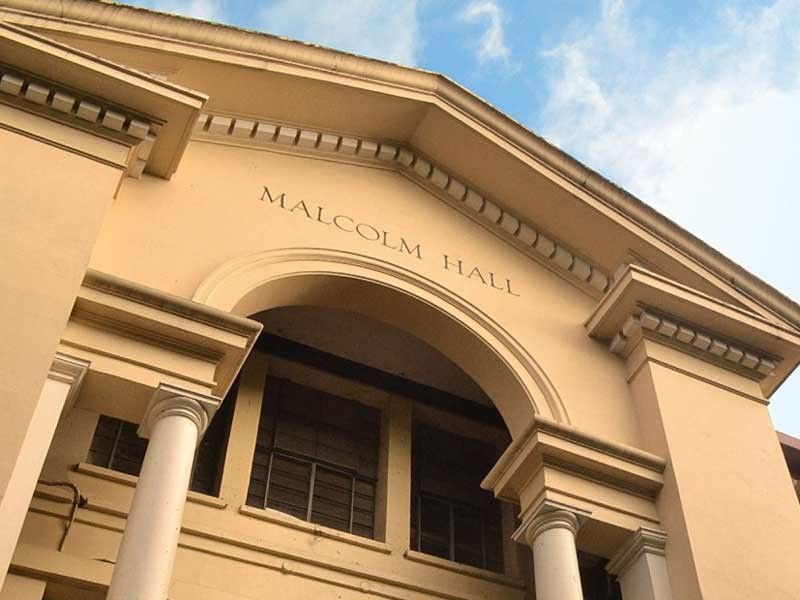
Upgrade to High-Speed Internet for only ₱1499/month!
Enjoy up to 100 Mbps fiber broadband, perfect for browsing, streaming, and gaming.
Visit Suniway.ph to learn
In this Sept. 13, 2019 photo, motorists plying EDSA northbound in Quezon City experience bumper to bumper traffic during the morning rush hour traffic.
The STAR / Miguel de Guzman
MANILA, Philippines — Transportation Secretary Vince Dizon also believes the government should pursue opening gated village roads as alternative routes during the upcoming EDSA rehabilitation to cope with the expected traffic.
At a press briefing on Friday, May 30, Dizon was asked whether he would consider opening subdivisions and military camps near EDSA to motorists, as a way to ease traffic during lane closures during the two-year-long rehabilitation.
The transport chief said that, to his knowledge, the Metropolitan Manila Development Authority (MMDA) is already studying the proposal.
“I think pinag-aaralan na ng MMDA ‘yan, lalo na ‘yung pagbubukas ng mga subdivisions. I think that is very valid from architect Jun [Palafox] that the government should push for that,” Dizon added.
(I think the MMDA is already studying that, especially the opening of subdivisions.)
If implemented, Dizon expressed hope that private subdivisions would extend help, agreeing that the EDSA rehabilitation is crucial to improving flood management and mobility, especially for vulnerable groups and persons with disabilities.
Since the project is for “public good,” he said this should “always prevail over private rights.”
The government will begin revamping EDSA on June 13. The MMDA has provided a list of alternative routes motorists could take, whether they are northbound or southbound.
For example, instead of taking EDSA to reach Aurora Boulevard or Ortigas Avenue, the MMDA suggested using Congressional Avenue or C-5, which connects to the East Service Road and the NAIA Expressway.
RELATED: LIST: Alternative routes during EDSA rehabilitation
The rehabilitation project involves upgrading the bus lane used daily by hundreds of thousands of commuters in Metro Manila, along with road repairs and improvements to pedestrian walkways and drainage systems.
But these improvements come at a cost: heavier traffic is expected during the construction period.
To ease the congestion, the Department of Transportation (DOTr) has laid out some interventions. These include making portions of the Skyway toll-free and deploying more buses to encourage private vehicle users to shift to public transport.
Other measures already in place include removing x-ray machines from train stations and replacing them with K-9 units to shorten queues and improve the flow of passengers.
On top of that, a new traffic coding scheme — based on an odd-even plate number system — is set to begin its dry run on June 16.
This will run alongside the reimplemented No-Contact Apprehension Policy (NCAP), which uses CCTV cameras to automatically flag traffic violators and notifies them via email.
Labor groups, however, have raised concerns over the government's lack of a clear plan to ensure enough support for workers. They said existing measures fall short of addressing the diverse conditions and daily challenges workers face.
RELATED: No clear safety net for workers amid 2-year EDSA rehab, labor groups warn

 6 days ago
8
6 days ago
8



